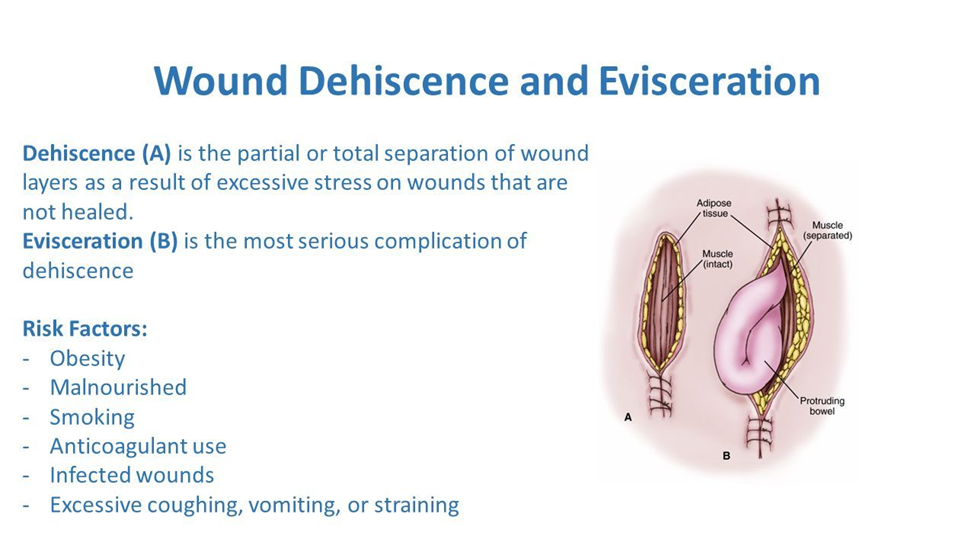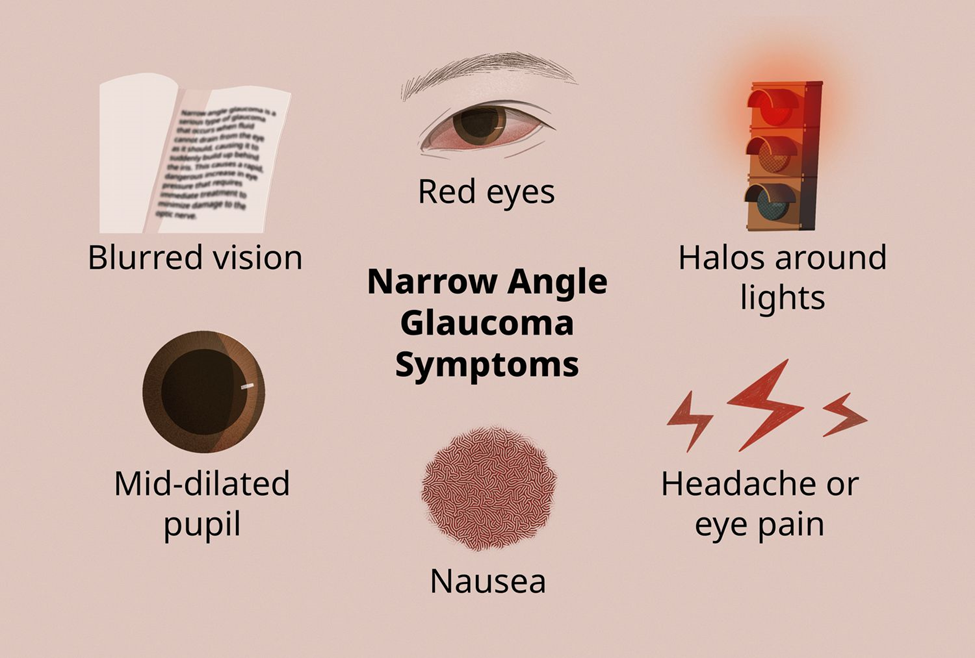A client who had colon surgery 3 days ago is anxious and requesting assistance to reposition. While the nurse is turning the client, the wound dehiscences and eviscerates. The nurse moistens an available sterile dressing and places it over the wound. Which intervention should the nurse implement next?
Prepare the client to return to the operating room.
Obtain a sample of the drainage to send to the lab.
Bring additional sterile dressing supplies to the room.
Auscultate the abdomen for bowel sound activity.
The Correct Answer is A
A. Prepare the client to return to the operating room:
This is the correct and immediate priority. Evisceration, where internal organs protrude through the surgical incision, is a surgical emergency. Returning the client to the operating room is necessary to assess the extent of the complication, address the wound dehiscence, and protect the exposed organs. This intervention aims to prevent further complications and provide necessary surgical interventions.
B. Obtain a sample of the drainage to send to the lab:
While obtaining samples for laboratory analysis can be important for infection control, in the context of a client with evisceration, the primary concern is the surgical emergency. The priority is to address the wound complication by returning to the operating room rather than focusing on laboratory analysis at this immediate moment.
C. Bring additional sterile dressing supplies to the room:
While bringing additional supplies may be necessary, the priority in this situation is to prepare for the client's return to the operating room. Once the client is in a controlled surgical environment, additional dressing changes and wound care can be performed as needed.
D. Auscultate the abdomen for bowel sound activity:
While monitoring bowel sounds is a routine nursing assessment, in the context of evisceration, the immediate concern is the exposure of internal organs and the risk of infection. Preparing for the operating room takes precedence over routine assessments.

Nursing Test Bank
Naxlex Comprehensive Predictor Exams
Related Questions
Correct Answer is D
Explanation
A. Eat a diet high in carotene:
While a healthy diet is important for overall well-being, there is no evidence to suggest that a diet high in carotene specifically prevents or treats glaucoma. The focus in glaucoma management is on intraocular pressure control.
B. Wear prescription glasses:
Prescription glasses may be beneficial for addressing refractive errors, but they do not specifically address the management of glaucoma. The client's concern about driving through a tunnel is more likely related to changes in peripheral vision associated with glaucoma.
C. Avoid frequent eye pressure measurements:
This is not the most important instruction. Monitoring intraocular pressure is a crucial aspect of glaucoma management, and the frequency of measurements is determined by the healthcare provider. Regular monitoring helps assess the effectiveness of treatment and disease progression.
D. Maintain the prescribed eye drop regimen:
This is the correct answer. The most important instruction for the client is to adhere to the prescribed eye drop regimen. Medications, often in the form of eye drops, are commonly used to lower intraocular pressure and manage glaucoma. Consistent use of prescribed medications is critical for controlling the condition and preventing further vision loss.

Correct Answer is C
Explanation
A. Increasing anxiety:
While emotional and psychological aspects are important in holistic care, immediate intervention is usually required for physiological concerns. Increasing anxiety may need attention, but it is not as urgent as addressing potential respiratory issues.
B. Inappropriate laughter:
Changes in emotional expression, such as inappropriate laughter, can occur in ALS due to involvement of upper motor neurons. While notable, it may not be as urgent as addressing respiratory concerns.
C. Weakened cough effort.
In ALS, respiratory muscles can become affected as the disease progresses, leading to respiratory complications. Weakened cough effort is concerning because it can indicate potential respiratory muscle weakness, which may lead to difficulty clearing secretions and an increased risk of respiratory compromise or infection.
D. Asymmetrical weakness:
Asymmetrical weakness is a common feature of ALS, but it may not necessarily warrant immediate intervention unless there are sudden changes or signs of acute distress. Respiratory symptoms, such as weakened cough effort, often require more immediate attention.

Whether you are a student looking to ace your exams or a practicing nurse seeking to enhance your expertise , our nursing education contents will empower you with the confidence and competence to make a difference in the lives of patients and become a respected leader in the healthcare field.
Visit Naxlex, invest in your future and unlock endless possibilities with our unparalleled nursing education contents today
Report Wrong Answer on the Current Question
Do you disagree with the answer? If yes, what is your expected answer? Explain.
Kindly be descriptive with the issue you are facing.
